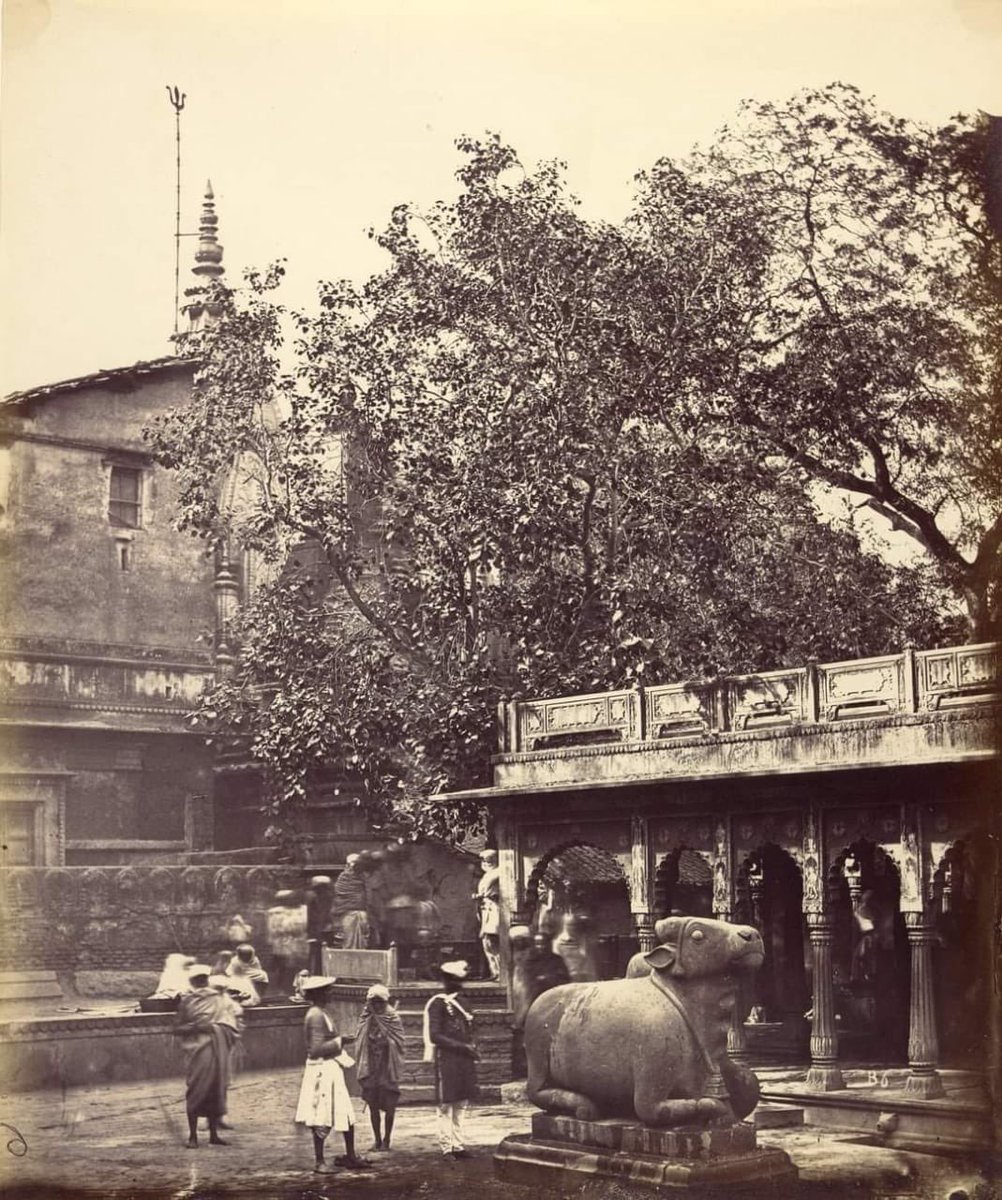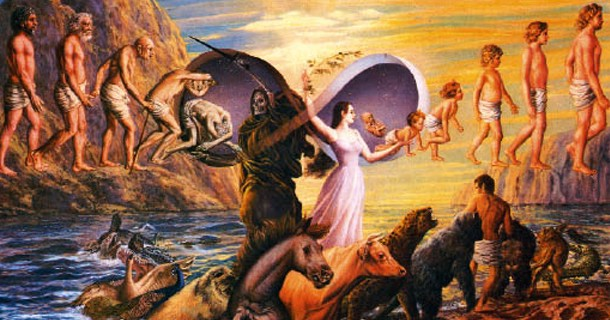
DID YOU KNOW ?
Contribution of #Mysore Empire - #Thread.
Brithishers knew about #KGF (Kolar Gold Field). In the year 1802, John Warner learned about the presence of gold and demarked the area, allowing him to export a small amount of gold.
Contribution of #Mysore Empire - #Thread.
Brithishers knew about #KGF (Kolar Gold Field). In the year 1802, John Warner learned about the presence of gold and demarked the area, allowing him to export a small amount of gold.

From 1881 through 1946, John Taylor & Company exported 10,000 kg of gold to the United Kingdom each year. That's almost 6,50,000 kg of gold from #Mysore State, which is now #Karnataka. Even at that time, #Karnataka was the largest tax-paying state. 



Britishers robbed the whole wealth of Mysore State during the 4th Anglo Mysore War in 1799. Due to a lack of money, work on the Mysore Palace was halted for four years. Even Dussehra was not celebrated between 1800 and 1804. 

The Maharajas of Mysore began developing their empire from the ground up in 1804 and by 1910, Mysore Maharaja was the world's 7th richest person.
By 1806 Mysore Queens Became The Face Of A Campaign For The World’s First Vaccine
thebetterindia.com/251100/nationa…
By 1806 Mysore Queens Became The Face Of A Campaign For The World’s First Vaccine
thebetterindia.com/251100/nationa…
Mysore became the first city in Asia to have tapped drinking water and to produce hydroelectricity in the year 1901.
Did you know Bengaluru was the first city in Asia to use electrical street lamps? ecoti.in/a1IbXa
Did you know Bengaluru was the first city in Asia to use electrical street lamps? ecoti.in/a1IbXa
For the past 200 years, Mysore (now Karnataka) has been the highest taxing state in India, producing a wide range of goods. (For instance, JAWA Motorcycle, Mysore Lamps, Mysore Sandal Soap, and so on.)Mysuru had produced 500 electric mopeds in 80s starofmysore.com/mysuru-had-pro…
Immadi Pulikeshi (Ruler of Badami) helped Iran King Khurso II economically since Iran was bankrupt which is approximately around 1500 years back. 

King Avandana Krishna I (757–773) of the Rashtrakuta Dynasty of Karnataka built Ajanta Ellora. People refer to these caverns as Alien Works, which is ironic.
Vignettes of Ajanta & Ellora artsandculture.google.com/story/vignette…
Vignettes of Ajanta & Ellora artsandculture.google.com/story/vignette…
Mughals came for the treasure, Britishers came for the wealth, and Congress plundered us for seven decades, but we are still as strong as we were.
Be Proud to Call Yourself a Bhartiya.
#VandeMataram
#JaiHind
#ಸಿರಿಗನ್ನಡಂಗೆಲ್ಗೆ, #ಸಿರಿಗನ್ನಡಂಬಾಳ್ಗೆ
Be Proud to Call Yourself a Bhartiya.
#VandeMataram
#JaiHind
#ಸಿರಿಗನ್ನಡಂಗೆಲ್ಗೆ, #ಸಿರಿಗನ್ನಡಂಬಾಳ್ಗೆ

@GSNarayan1960
@DrUgrabhatah
@AjitsinhJagirda
@Anandi_sanatani
@neerangautam
@chimnibai
@_ankahi
@TNSubbaRao1
@ArunDeshpande20
@nrajabpcl
@SortedEagle
@VeerannaAthani
@bs_hariharan3
@SanskarBarot
@keeranl
@prasad_perla
@Murali76133156
@LoveBharatvarsh
@macharajarao
@DrUgrabhatah
@AjitsinhJagirda
@Anandi_sanatani
@neerangautam
@chimnibai
@_ankahi
@TNSubbaRao1
@ArunDeshpande20
@nrajabpcl
@SortedEagle
@VeerannaAthani
@bs_hariharan3
@SanskarBarot
@keeranl
@prasad_perla
@Murali76133156
@LoveBharatvarsh
@macharajarao
• • •
Missing some Tweet in this thread? You can try to
force a refresh

















